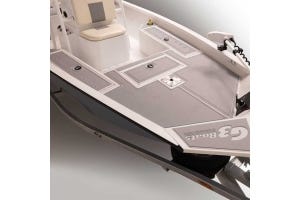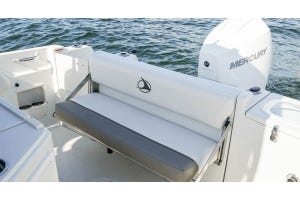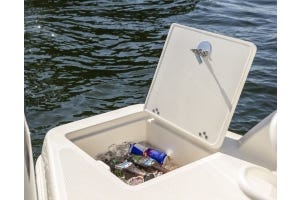Trust, but Verify, Part 2: Basic Gauge Troubleshooting


Nobody enjoys bad news, especially not from one of the boat's gauges. If you're getting a reading that doesn't seem right (or no reading at all), it's not difficult to figure out the problem.
When you turn the ignition on, the gauge’s needle should be all the way to the left. If it’s not, check the ignition voltage with a multimeter. Connect the multimeter between the ground and ignition terminals. (Last time, we described how each terminal is labeled). You should see 12 or more volts. If there’s no juice, check that wires on each terminal are attached and in good shape.


If your gauge’s needle is all the way to the left, test the gauge by shorting the sender terminal to ground (take a short wire and connect one end to the ground terminal, and the other end to the sender terminal). If the needle doesn’t move all the way to the right, the gauge needs replacing. If the pointer does move all the way to the right, either the wiring to the sender, or the sender itself, is the problem. Check the wires and run through these steps again; if this hasn’t fixed it, you need a new sender unit.
If you’re getting an incorrect reading, check the terminals. If they’re corroded or cruddy, clean them up. If the connections are loose, tighten them.
If you apply any kind of sealant to the sender unit's threads, use a light hand. A sender unit must be grounded to function, and that means it needs metal-to-metal contact. Teflon tape is a protective, but it prevents grounding, rendering your sender useless.
This video by PowerBoat Television demonstrates how to troubleshoot your gauges, and shows some simple fixes and adjustments. Enjoy!
Featured image courtesy of Larson Boats.






